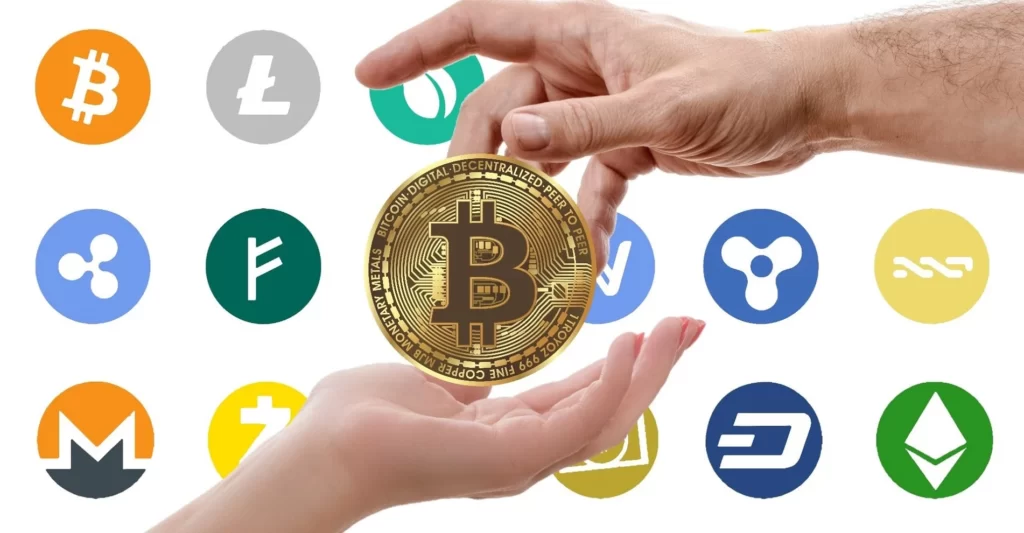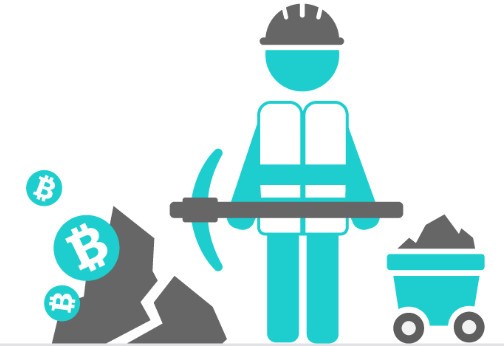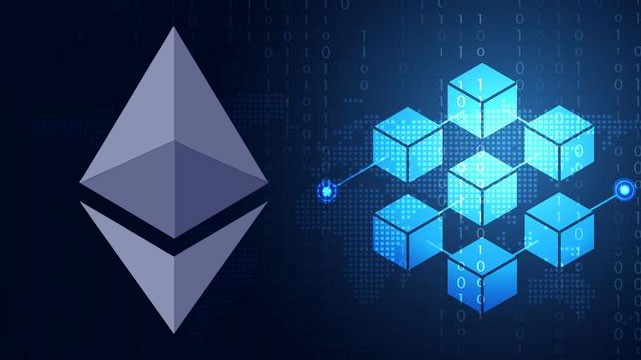
An initial coin offering (ICO) is a sort of capital-raising activity for cryptocurrency projects in their early stages.
During an ICO, a blockchain-based firm creates a limited number of its own native digital tokens and sells them to early investors.
While ICOs can provide a simple fundraising method and an innovative way for entrepreneurs to acquire funds, investors can also profit from both access to the service provided by the token and an increase in the token’s price if the platform is successful.
The primary benefit of ICOs is that they avoid intermediaries from the capital-raising process and establish direct relationships between the corporation and investors.
Furthermore, both sides’ interests are linked.
An initial coin offering (ICO) is a fundraising event in which a firm offers a new cryptocurrency.
Origins
It all started in 2013, when J.R. Willet, a software engineer, authored a white paper titled “The Second Bitcoin White Paper” for the token MasterCoin and raised $600,000.
Seven initiatives have raised a total of $30 million by 2014.
Ethereum was the largest that year, with 50 million ether minted and sold to the public, generating more over $18 million.
2015 was a more sedate year. A total of $9 million was raised through seven transactions.
In 2016, 43 ICOs raised $256 million, kicking off a surge in activity.
ICOs reached a new high in 2017, thanks in part to technical developments.
The issue of 342 tokens raised about $5.4 billion, propelling the idea to the forefront of blockchain innovation.
Telegram completed the biggest ICO to date. The UK-registered corporation raised almost $1.7 billion in a private ICO.
Types
- Private ICO: Only a small number of investors are permitted to participate in the process. Private ICOs often allow only accredited investors to participate, and a corporation might opt to establish a minimum investment amount.
- Public ICOs: A type of crowdfunding aimed at the whole public. Because almost anyone can become an investor in a public offering, it is a democratized form of investing.
How does an ICO Work?
When a corporation decides to hold an ICO, it publishes the date, regulations, and purchasing procedure ahead of time. Investors can purchase the new coin on the ICO date.
The majority of ICOs need investors to pay using another cryptocurrency, with Bitcoin and Ethereum being two popular options. There are ICOs that accept fiat money as well.
Typically, the purchasing procedure is transferring money to a specific crypto wallet address. Investors specify their own recipient address in order to get the cryptocurrency they purchase.
During an ICO, the quantity of tokens sold and the token price might be fixed or flexible.
- Fixed number of tokens and price: The corporation determines both in advance, for example, selling one million tokens at a price of $1 per token.
- Fixed number of tokens and a variable price: The corporation sells a fixed number of tokens and charges a variable price dependent on the amount of cash received.
A greater token price stems from more investment. If it sells one million tokens and raises $2 million, each token will cost $2.
- Variable number of tokens and a fixed price: The corporation has a fixed price but does not limit the amount of tokens sold. As an example, suppose a corporation sells tokens for $0.50 each until the ICO concludes.
An ICO can be launched by anybody. Many new forms of cryptocurrencies are launched using this procedure due to the low barrier to entry.
ICO vs. IPO
ICOs are sometimes contrasted with initial public offerings (IPOs), which are fresh stock offerings by a private firm. Companies can raise capital through both ICOs and IPOs.
The fundamental distinction between ICOs and initial public offerings (IPOs) is that IPOs include the sale of securities and are subject to substantially tougher laws.
To launch an IPO, a firm must file a registration statement with the Securities and Exchange Commission and obtain its approval. A prospectus containing financial statements and possible risk factors should be included with the registration statement.
An initial coin offering (ICO) is the selling of a cryptocurrency rather than a securities. As a result, it lacks the formal criteria that IPOs do. However, if a corporation tries to circumvent the rules by holding an ICO for anything that meets the definition of a security, it may face legal consequences.
Advantages and Disadvantages
Online services may help with the creation of cryptocurrency tokens, making it extremely simple for a business to contemplate launching an ICO.
ICO managers produce tokens in accordance with the conditions of the ICO, receive them, and then distribute the tokens to individual investors by transferring the coins.
However, because ICOs are not regulated by financial institutions such as the SEC, monies lost due to fraud or ineptitude may never be recovered.
Early investors in an ICO are typically driven by the anticipation that the tokens will appreciate in value once the coin is launched. The prospect for extremely large profits is the key advantage of an ICO.
However, the legality of cryptocurrencies or digital assets is not assured.
The People’s Bank of China formally outlawed ICOs in 2017, deeming them harmful to economic and financial stability. In 2021, the Chinese government banned bitcoin mining and made all cryptocurrency transactions illegal.







